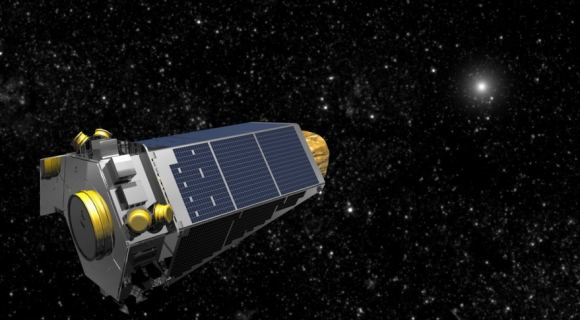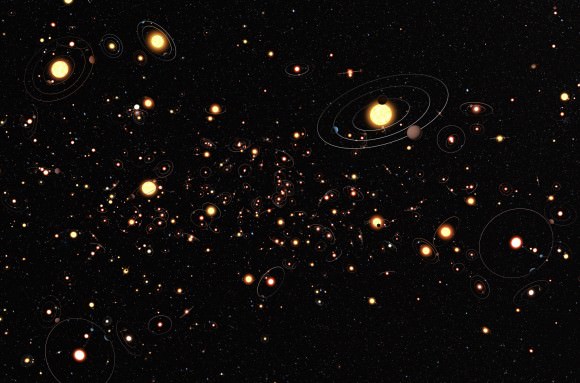The Kepler space telescope has had a relatively brief but distinguished career of service with NASA. Having launched in 2009, the space telescope has spent the past nine years observing distant stars for signs of planetary transits (i.e. the Transit Method). In that time, it has been responsible for the detection of 2,650 confirmed exoplanets, which constitutes the majority of the more than 38oo planets discovered so far.
Earlier this week, the Kepler team was notified that the space telescope’s fuel tank is running very low. NASA responded by placing the spacecraft in hibernation in preparation for a download of its scientific data, which it collected during its latest observation campaign. Once the data is downloaded, the team expects to start its last observation campaign using whatever fuel it has left.
Since 2013, Kepler has been conducting its “Second Light” (aka. K2) campaign, where the telescope has continued conducting observations despite the loss of two of its reaction wheels. Since May 12th, 2018, Kepler has been on its 18th observation campaign, which has consisted of it studying a patch of sky in the vicinity of the Cancer constellation – which it previously studied in 2015.

In order to send the data back home, the spacecraft will point is large antenna back towards Earth and transmit it via the Deep Space Network. However, the DSN is responsible for transmitting data from multiple missions and time needs to be allotted in advance. Kepler is scheduled to send data from its 18th campaign back in August, and will remain in a stable orbit and safe mode in order to conserve fuel until then.
On August 2nd, the Kepler team will command the spacecraft to awaken and will maneuver the craft to the correct orientation to transmit the data. If all goes well, they will begin Kepler’s 19th observation campaign on August 6th with what fuel the spacecraft still has. At present, NASA expects that the spacecraft will run out of fuel in the next few months.
However, even after the Kepler mission ends, scientists and engineers will continue to mine the data that has already been sent back for discoveries. According to a recent study by an international team of scientists, 24 new exoplanets were discovered using data from the 10th observation campaign, which has brought the total number of Kepler discoveries to 2,650 confirmed exoplanets.

In the coming years, many more exoplanet discoveries are anticipated as the next-generation of space telescopes begin collecting their first light or are deployed to space. These include the Transiting Exoplanet Survey Satellite (TESS), which launched this past April, and the James Webb Space Telescope (JWST) – which is currently scheduled to launch sometime in 2021.
However, it will be many years before any mission can rival the accomplishments and contributions made by Kepler! Long after she is retired, her legacy will live on in the form of her discoveries.
Further Reading: NASA


It would be satisfying if that last data turned out to contain something extraordinary.
NASA Goddard recently posted a video update on the Restore-L project for robotic servicing and refueling.
Just put this in the YouTube watch URL
v=bhIV2QdUL5E
It’s not terribly riveting to watch, but it’s progress.